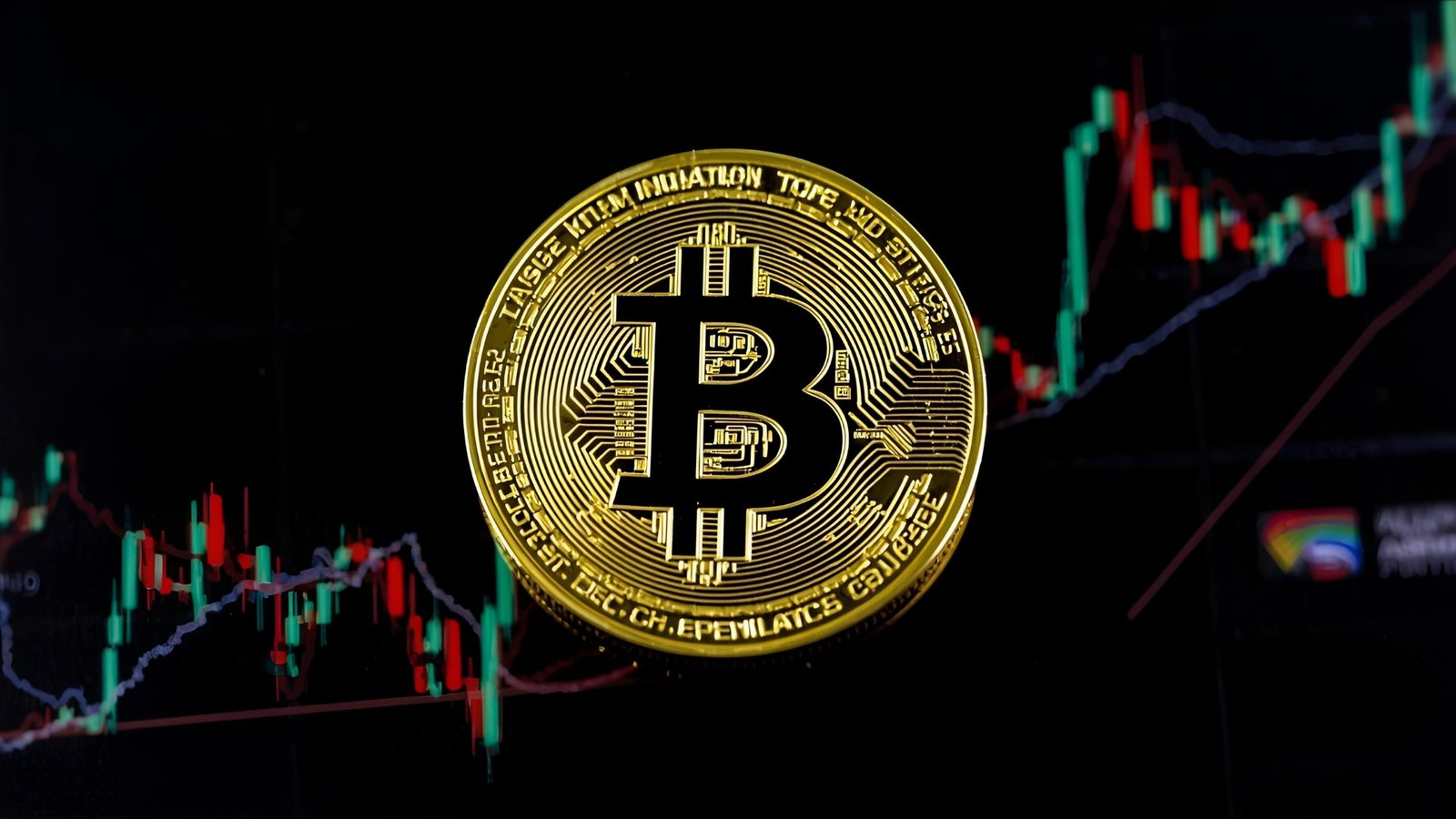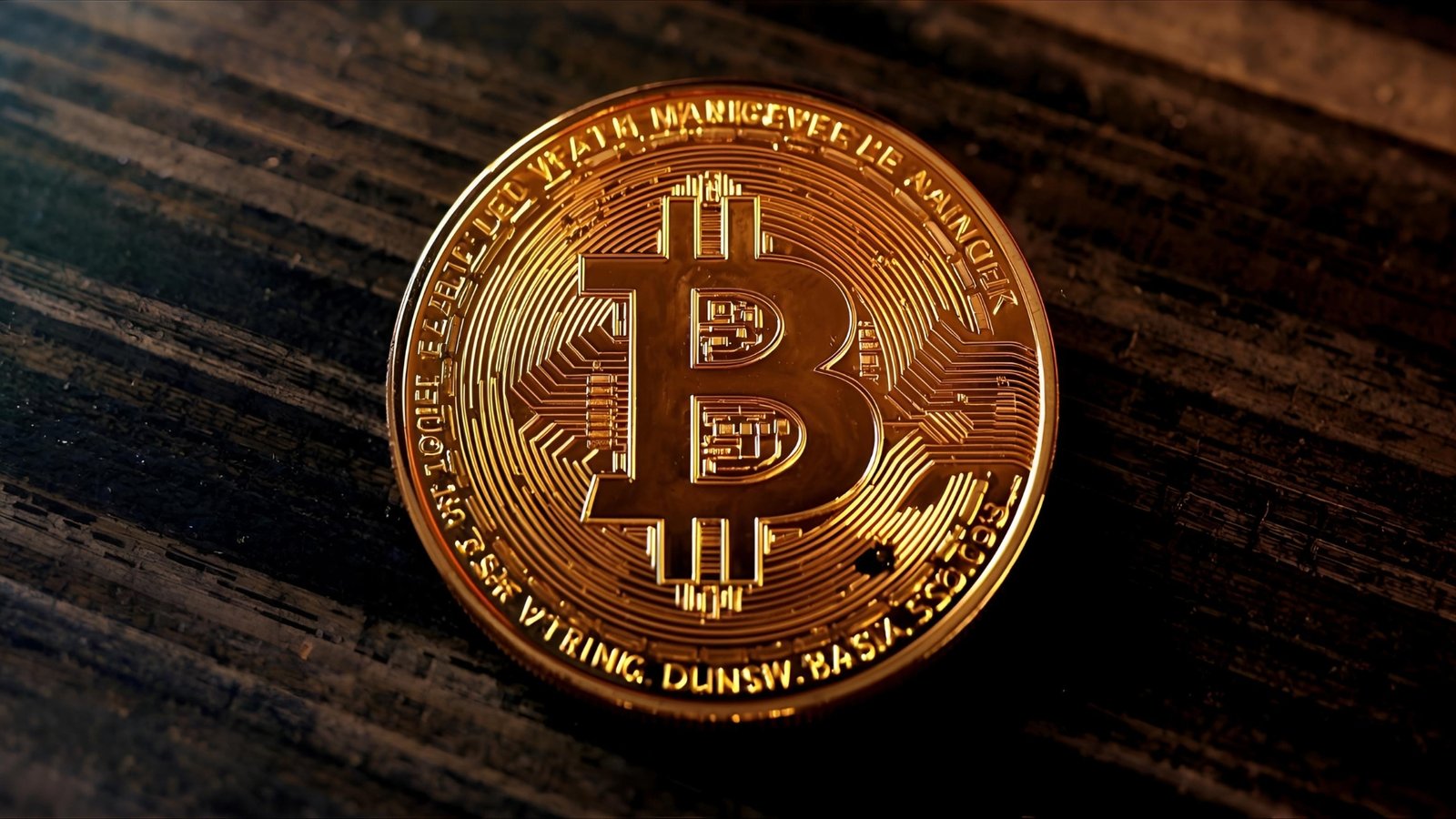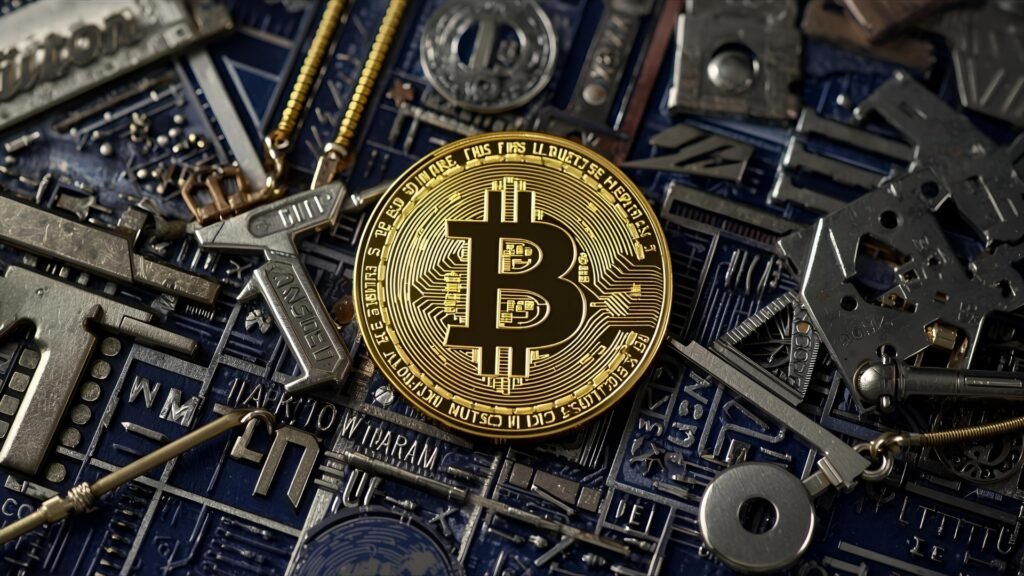The phrase “altcoin news” doesn’t just describe daily headlines—it’s a living pulse of crypto innovation, investor psychology, on-chain activity, and regulation moving in sync. In traditional markets, narratives often take months to crystallize. In the altcoin universe, a single partnership, exchange listing, token upgrade, or governance vote can flip sentiment in hours. That speed creates risk, but it also offers opportunity for prepared readers who can decode signals, separate hype from substance, and align decisions with a long-game thesis.
In this in-depth guide, you’ll learn how to read altcoin news like a pro. We’ll unpack the narratives that drive price action, the metrics that matter, the regulatory and macro context that frames every rally, and the concrete tactics to evaluate projects without getting lost in noise. Expect an approachable, human-written flow that balances strategy with clarity. You’ll also see naturally integrated related terms—crypto market, DeFi, Layer-2 scaling, NFT utility, on-chain analytics, tokenomics, and liquidity—so the article reads smoothly while keeping the focus on what truly moves altcoins.
Altcoin News Cycle
The Narrative Engine Behind Price Moves
Altcoins trade on stories as much as spreadsheets. When a narrative captures attention—think DeFi yield strategies, AI-powered tokens, modular blockchains, or real-world assets (RWA)—capital often rotates accordingly. That doesn’t mean fundamentals don’t matter; rather, the best moves happen when a strong narrative aligns with tangible progress. Smart readers track four narrative dimensions: product shipping cadence, user growth, developer traction, and integrations. When altcoin news highlights momentum across several of these, the probability that a rally sustains improves.
Why Headlines Can Mislead Without Context
A partnership announcement can be transformative or trivial. The difference lies in integration depth, exclusivity, and go-to-market reach. Watch for specifics: is the partner granting access to existing customers, subsidizing user acquisition, or simply exploring a pilot? Is the token’s role clearly defined, or is it a vague branding exercise? Transparent, measurable milestones beat fuzzy promises, and the best “altcoin news” pieces will reference technical roadmaps, testnet timelines, and mainnet launch criteria rather than marketing slogans.
Volatility Is a Feature, Not a Bug
Altcoins live at the frontier of experimentation. That creates liquidity pockets, slippage, and swift cascades when sentiment turns. Rather than fearing volatility, learn to map it. When news lands, use multi-timeframe charts to see whether the move breaks a structural level, whether volume confirms the breakout, and whether open interest is ballooning without corresponding spot demand. The goal isn’t to trade every blip; it’s to classify moves as noise, trend continuation, or regime change.
Key Sectors Driving Today’s Altcoin News

DeFi: From Incentives to Sustainable Cash Flows
The earliest DeFi booms leaned on liquidity mining and token rewards. More mature protocols now pursue revenue-sharing, fee burns, and token buybacks supported by real usage. When DeFi makes the news, read beyond total value locked. Look at protocol fee capture, revenue stability across market cycles, and the presence of risk-mitigating features such as circuit breakers and oracle diversity. Ask whether governance is stewarding treasuries prudently and whether emissions are tapering toward sustainability. DeFi’s future headlines will increasingly center on durable income rather than one-off incentives.
Layer-2s and Scaling: The Throughput Arms Race
Layer-2 scaling solutions—rollups, optimistic and zero-knowledge variants—regularly dominate altcoin news because they expand capacity without sacrificing base-layer security. Important signals include sequencer decentralization, data availability choices, and roadmap clarity for reducing costs. If an L2 announces a major upgrade, parse whether it decreases fees materially, increases throughput, or unlocks new developer primitives. Watch ecosystem grants and hackathon results; a thriving builder community is a leading indicator of sustained activity.
NFTs and Gaming: Utility Beyond Profile Pictures
While the headlines once fixated on collectibles, the next wave of NFT coverage highlights game economies, ticketing, loyalty, and intellectual property licensing. For Web3 games, the question is whether token design enhances fun rather than extractive speculation. Read whitepapers for sinks and sources: how are tokens earned, spent, and retired? News of new seasons, tournaments, or marketplace integrations matters when it’s paired with organic player growth, stable daily active users, and credible retention.
Real-World Assets: On-Chain Finance Meets Compliance
Tokenizing real-world assets (RWA)—from treasuries to invoices—has moved from concept to implementation. Altcoin news in this arena increasingly references KYC/AML, custody partnerships, and regulators’ sandbox initiatives. Pay attention to settlement speed versus legacy rails, auditing cadence, and insurance coverage. RWAs won’t be the flashiest headlines, but they represent a bridge to mainstream finance with potentially sticky yields and institutional flows.
AI, Data, and Oracles: The Infrastructure of Intelligence
The intersection of AI and crypto shows up in two flavors: tokens that back decentralized compute and storage, and protocols that enable trustworthy data feeds into smart contracts. When a project touts AI integrations, evaluate whether it offers verifiable inference, deterministic outputs, and economic security against manipulation. For oracles and data networks, node operator requirements, staking incentives, and slashing conditions determine resilience when markets become turbulent.
How to Analyze Altcoin News Like an Analyst
Read the Source, Not Just the Summary
Press releases compress complexity; technical posts and governance proposals reveal it. Track the official blog, GitHub commits, on-chain dashboards, and forum threads. If a token announces a supply change or token burn, verify vesting schedules, cliff unlocks, and circulating supply trajectories. Tokenomics rarely live in one paragraph; they sprawl across docs and contracts. Train yourself to confirm, not assume.
Separate One-Time Catalysts from Compounding Effects
A one-off exchange listing can spike visibility, but compounding effects—new developers, integrations with major wallets, and repeat usage—tend to drive durable value. When reading altcoin news, label catalysts by half-life. Feature releases that expand the addressable market or remove friction have long half-lives. Marketing stunts often don’t. The edge comes from weighting coverage by persistence.
Cross-Check On-Chain Data Against Headlines
On-chain analytics offer a reality check. If a protocol claims accelerating demand, look for rising unique addresses, growing fee revenue, and sticky liquidity rather than wash trading. For L2s, examine daily transactions normalized by unique users to avoid counting spam. For DeFi, evaluate revenue per liquidity dollar and the churn rate of liquidity providers. When a new incentive program launches, monitor how quickly TVL decays after rewards taper.
The Regulatory and Macro Backdrop Shaping Altcoin News
Rules Set the Range
Regulation doesn’t move like a day trader, but it defines the lanes for capital to flow. Headlines about stablecoin frameworks, exchange registration, and staking guidance often trigger sector-wide repricing. The impact of a new rule depends on scope and clarity: a well-defined pathway can unlock institutional adoption, while ambiguous enforcement chilling effects can suppress valuations. Build a mental map of major jurisdictions, noting where clarity enables listing and custody for institutions.
Macro Liquidity and Risk Appetite
Altcoins thrive when global liquidity expands, real yields stabilize, and risk appetite rises. If macro indicators suggest tightening, expect the market to favor high-conviction large caps over long-tail tokens. When altcoin news ties into macro—say, digital assets cited in central bank commentary—consider whether the narrative shifts the perceived risk profile of the whole asset class. Seasoned readers avoid tunnel vision; they read crypto headlines alongside bond curves and dollar strength.
Tokenomics: The Hidden Engine Behind Headlines
Supply Schedules and Unlock Dynamics
No piece of altcoin news is complete without supply context. A bullish partnership can be overshadowed by a looming token unlock that increases circulating supply. Study cliff events, linear unlocks, and investor allocations. When emissions fund ecosystem rewards, ask whether they are measured against growth outcomes or simply time-based. If a project moves to a buyback-and-burn model, examine the revenue source that funds it and whether it scales with use.
Utility That People Actually Use
A token’s utility must go beyond governance buzzwords. The strongest designs tie the token to real activity: paying for block space, accessing premium features, collateralizing loans, or sharing protocol revenue. If news touts a new utility, check whether it replaces an off-chain payment with an on-chain one and whether fees are priced competitively. Durable adoption comes from utility users can’t easily substitute.
Liquidity: The Silent Force in Every “Altcoin News” Rally
Exchange Depth and Market Structure
Thin order books exaggerate moves; deep order-book liquidity dampens them. When you see a headline about a token’s big day, peek at depth at 1% and 2% from mid, spreads, and the mix between spot and perpetuals. Consider where the token lists. Top-tier venues bring market makers, while niche venues can trap retail in volatile moves. Liquidity concentration across a single exchange introduces venue risk; dispersed depth promotes healthier price discovery.
Incentives and the Cost of Capital
DeFi liquidity often follows APRs, but the cost of capital matters. If risk-free yields rise, liquidity will demand higher compensation to stay in pools with impermanent loss. When a protocol announces a new liquidity program, assess sustainability: are rewards time-bounded with clear KPIs, or open-ended drains? Savvy readers compare net returns after fees, slippage, and volatility.
Security and Audits: The News You Hope to Never Read
Audits Are Necessary, Not Sufficient
Security doesn’t end with a PDF stamp. Look for multiple auditors, formal verification for critical components, and a public bug bounty with credible payouts. If a protocol announces a major upgrade, security should scale with complexity. News of a new cross-chain bridge or message-passing system should come with details on replay protection, rate limits, and fail-safes. Transparency after incidents—root cause analyses, restitution plans, and hardening steps—separates responsible teams from reckless ones.
Decentralization Is a Spectrum
When altcoin news highlights governance improvements, evaluate validator distribution, staking participation, and the path to reducing privileged keys. Emergency controls have a place, but sunset clauses and community oversight prevent abuses. The more decentralized the critical path, the less a single failure can derail the project.
How to Build a Personal Workflow for Altcoin News
Curate Sources and Set Intentional Routines
The goal isn’t to read everything; it’s to read the right things consistently. Start with primary sources: project blogs, governance forums, and technical repositories. Add context from reputable research outlets. Build a daily habit that alternates between scanning headlines and deep-diving into two or three stories. Over time, you will instinctively sense which narratives are maturing and which are fading.
Maintain a Thesis and Update It with Evidence
Pick a small number of sectors—Layer-2 scaling, DeFi infrastructure, RWA, or Web3 gaming—and articulate a thesis for each. When news arrives, evaluate whether it confirms, contradicts, or is neutral. If a thesis fails repeatedly, change it. Treat your portfolio and attention like scarce resources. This disciplined loop keeps you grounded when the market’s noise gets loud.
Risk Management Is Part of Reading the News
Being informed does not eliminate risk. Set guardrails: predefined position sizes, invalidation levels, and time horizons. News can change those levels, but it shouldn’t erase discipline. If a story is genuinely transformative, there will be multiple entry points. Avoid FOMO by remembering that the best trades often allow patient re-entries after the first impulse move cools.
The Future of Altcoin News: From Speculation to Utility
Interoperability and Modular Stacks
Expect more headlines about interoperability, modular execution layers, and specialized data availability solutions. The stack is unbundling so developers can optimize each layer. Altcoin news will increasingly read like enterprise architecture briefs, because value is shifting to systems that play well together. The winners will be protocols that hide complexity while exposing flexible primitives.
Compliance-Native Protocols and Institutional Rails
As rules clarify, projects are designing with compliance from the start. KYC-gated markets, permissioned pools, and custody integrations won’t replace permissionless finance, but they will expand the pie by welcoming institutional capital. News about banks, asset managers, and fintechs launching on-chain products will become more common, and the tokens powering settlement, identity, and risk engines may benefit.
Real Users, Real Revenue, Real Durability
Narratives fade; product-market fit endures. The best altcoin news in the next cycle will celebrate boring milestones: reduced churn, profitable unit economics, and sticky cohorts. Protocols that graduate from speculation to utility will define the benchmarks everyone else chases. Your edge is noticing that shift early, allocating attention to traction rather than taglines.
Practical Case Study: Decoding a Hypothetical Headline

The Announcement
Imagine a headline: “Layer-2 Project X launches upgrade cutting fees by 60% and secures integration with a leading DeFi aggregator.” At face value, it’s bullish. But let’s analyze it the right way.
The Checklist
First, verify the fee reduction on a public dashboard over several weeks, excluding spam periods. Second, inspect whether the DeFi aggregator’s integration is default-on or simply supported. Third, check whether the aggregator routes significant flow to Project X post-integration. Fourth, read the upgrade notes for security changes and new developer primitives. Finally, monitor developer activity in the ecosystem for a month: are new apps shipping, and are existing ones migrating? If multiple data points confirm the story, the headline likely signals more than a short-lived pop.
Building a Mental Model for Sustainable Gains
Time Diversification Beats News Chasing
Chasing headlines often leads to buying spikes and selling dips. Instead, scale decisions across time. Split entries, wait for confirmation, and respect invalidation. Use altcoin news as a compass, not a trigger. When you see a truly structural story—a protocol unlocking a new market, an L2 dramatically improving UX, a DeFi platform showing resilient cash flows—position with patience.
Community Quality Is a Leading Indicator
Vibrant communities are not just active on social media; they answer developer questions, maintain documentation, and run independent analytics. If news breaks and the community responds with coherent feedback and rapid iteration, that signal beats any temporary price pump. Over months, strong communities compound into ecosystems, and ecosystems into network effects.
Read More: Top Altcoins to Watch in 2025: A Comprehensive Guide for Smart Crypto Investors
Conclusion
Altcoin news races across screens every hour, but you don’t need to chase everything to stay ahead. Focus on narratives that compound, verify claims with on-chain and off-chain data, map regulatory and macro context, and keep risk rules sacred. Use headlines to update your theses, not to replace them. The more you practice, the more you’ll recognize the patterns that separate meaningful innovation from passing noise. In a market this fast, clarity is your edge, and discipline is your moat.
FAQs
Q: What is the best way to keep up with altcoin news without getting overwhelmed?
Choose a handful of primary sources—official project blogs, governance forums, and reputable research outlets—and set a daily routine. Skim broadly, then deep-dive into a few stories that align with your thesis. Track outcomes over weeks to see which narratives truly matter.
Q: How can I tell if a partnership announcement is meaningful or just hype?
Look for specificity and depth. Strong announcements include integration details, timeline commitments, and measurable goals. Confirm whether the token’s utility is involved and whether the partner brings real distribution. Follow up weeks later to verify adoption data.
Q: Do token unlocks always lead to price drops?
Not always. Unlocks increase circulating supply, but the effect depends on demand, liquidity, and market structure. If unlocks coincide with rising utility and new buyers, the impact can be muted. Always map the unlock schedule against upcoming catalysts and actual usage.
Q: Are Layer-2 tokens safer than other altcoins?
No token is inherently “safe.” L2s can benefit from strong ecosystems and lower fees, but risks include centralization of sequencers, smart-contract vulnerabilities, and competitive pressure. Evaluate each L2 on decentralization, developer traction, cost reductions, and security practices.
Q: What metrics matter most when evaluating DeFi projects covered in altcoin news?
Prioritize revenue durability, fee capture, user retention, and the sustainability of incentives. Explore on-chain metrics like unique users, volume, and liquidity stickiness. Review governance health, treasury management, and the clarity of the token’s utility within the protocol.

















